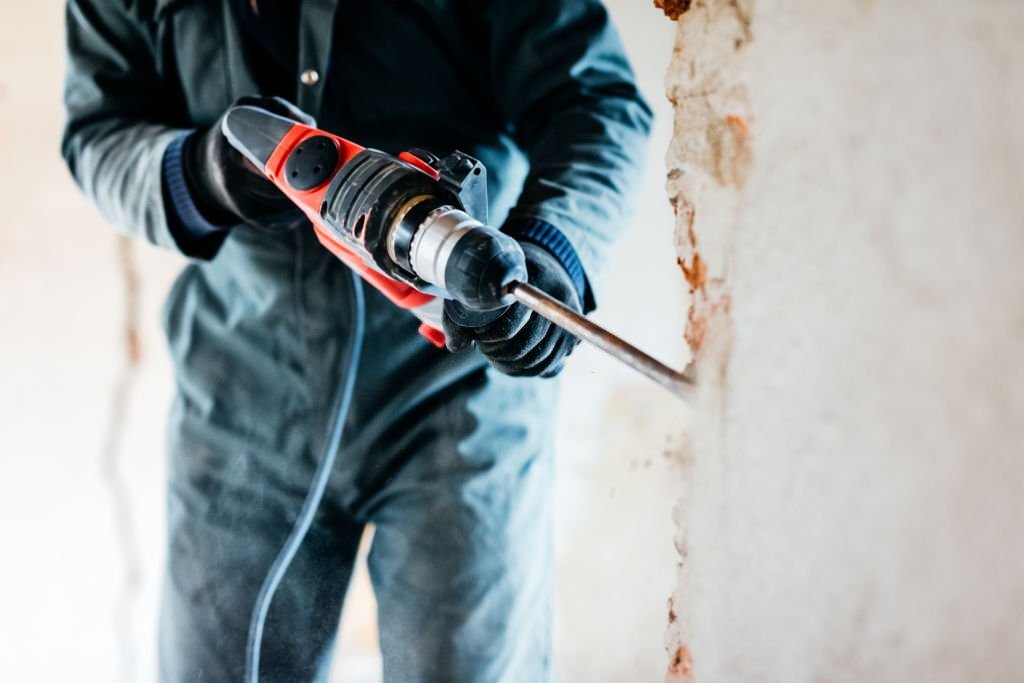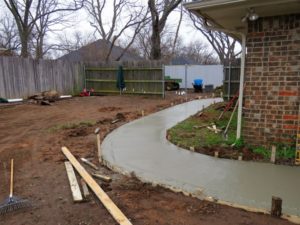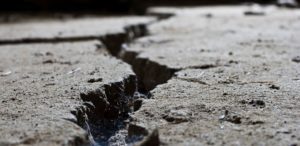The concrete repair process requires the preparation of the existing concrete to prevent future cracks. Before beginning the repair process, it is essential to identify the exact type of defect. Major or minor concrete flaws require different methods of repair. The repair process should be performed as soon as possible after the defect is noticed. A well-done repair will minimize differential shrinkage between the old and new concrete. The final result should look like an integral part of the product. During the repair process, the area should be clean and moist.
Proper substrate preparation is crucial for the success of the repair. When evaluating preparation methods and equipment, site conditions must be assessed to determine which is most appropriate for the particular repair. Consider the type of rehabilitation and environmental and time-sensitive issues at the job site. If the defect is beyond the reinforcement, concrete replacement is the best option. Replacement concrete should not be used on functional deterioration or in large sections. In addition, the repair process may require multiple types of preparation.
The concrete repair process should start with a thorough evaluation of the structure. A good assessment will help determine the causes of the deterioration and suggest appropriate repair materials and methods. Testing the concrete sample may reveal underlying causes, such as improper design or stripping. Once the cause is identified, the repair process can start. Consult an expert if you’re not confident in your concrete repair skills. The following are some concrete repair procedures that may suit your project.
If you’re going to repair a concrete slab, you need to ensure that the concrete mix is correct for the job. You can use the same mixed ingredients as you used to repair the original concrete, but try to reduce the water content. Using less water will reduce shrinkage. Another critical factor in determining the type of concrete for your repairs is the size of the aggregate. If it is not the same, you’ll need a professional engineer to perform the repair.
Random spalling can also be caused by a freeze-thaw cycle, exposure to corrosive elements, and improper concrete installation. Materials for accidental spalling repair include two-component epoxy-based mortars, polymer-modified cement, and silica. Overlays are necessary for areas where the composition of the original concrete is too poor. Some random spalling repairs may require acid etching, primers, and more.
The process of structural crack repair focuses on restoring the strength and structural properties of the damaged concrete. It usually involves the injection of epoxy into the concrete under pressure. Although the infusion can restore the strength of concrete, it cannot guarantee the structure’s structural integrity. This process also can’t fix active cracks. If you’re looking for a watertight solution, you can opt for urethane sealant. It’s effective for repairing surface delamination but does not produce structural bonding.
Cracked concrete can be hazardous for the health of you and your family. Cracked concrete can cause a sharp edge, which may cut your foot or other body areas. This looks bad, but it also makes your home look old-fashioned and unclean. Whether it’s your driveway or a walkway, cracks should be repaired as soon as possible. It is good to hire a concrete repair company to ensure that you get the best possible results.



